1. Introduction to Broiler Cage Design
The design of broiler cages plays a crucial role in the efficiency, productivity, and welfare of broiler chickens raised in intensive poultry systems. Broiler Cage Design refers to the engineering and architectural principles applied to develop cages that optimize space utilization, facilitate management tasks, ensure bird comfort, and promote health.
As the global demand for poultry meat rises, poultry farmers seek cage designs that allow higher stocking densities without compromising bird welfare. Effective broiler cage design incorporates materials selection, cage dimensions, ventilation, feeding and watering integration, and waste management to achieve sustainable and profitable operations.
This comprehensive guide explores the parameters, design principles, advantages, applications, operational guidelines, and common questions related to broiler cage design, supporting farmers and industry professionals in making informed choices.
2. Parameters of Broiler Cage Design
Cage Dimensions | Length: 1000-1200mm; Width: 600-700mm; Height: 450-500mm |
Cage Layers | Single-tier to multi-tier (2-6 layers) |
Bird Stocking Density | 3-10 birds per cage depending on cage size |
Material | Galvanized steel wire, PVC-coated steel, stainless steel |
Floor Type | Wire mesh with anti-slip coating and manure dropping slope |
Feeding System | Integrated trough feeders or automatic feed dispensers |
Drinking System | Nipple drinkers or cup drinkers |
Ventilation Compatibility | Designed for natural or mechanical ventilation |
Waste Management | Sloped floors with manure belts or droppings trays |
Load Capacity | Support weight up to 5 kg per bird |
Durability | Corrosion-resistant, rust-proof coatings |
Ease of Cleaning | Designed for quick disassembly and sanitation |
Safety Features | Rounded edges, anti-pecking barriers |
3. Key Design Features of Broiler Cage Systems
3.1 Optimal Space Utilization
A well-engineered broiler cage design maximizes space usage through multi-tier stacking and compact layouts, increasing stocking density without causing overcrowding or stress.
3.2 Ergonomic Access
Cage designs include easy access points for feeding, watering, inspection, and bird handling, reducing labor and enhancing management efficiency.
3.3 Bird Comfort and Welfare
Cages are designed with adequate space, ventilation, and materials that prevent injury, provide sufficient light, and support natural behaviors such as perching and dust bathing where possible.
3.4 Integrated Feeding and Drinking Systems
Designs incorporate feeders and nipple drinkers positioned for easy access and minimal wastage, ensuring birds receive adequate nutrition and hydration.
3.5 Effective Waste Management
Sloped floors and manure belts facilitate automatic or manual waste removal, keeping cages clean and reducing disease risk.
3.6 Durable and Hygienic Materials
Selection of corrosion-resistant materials ensures longevity and ease of cleaning, promoting biosecurity.
3.7 Scalability and Modularity
Cage systems are modular, allowing farms to expand or reconfigure setups as needed without major overhauls.
4. Advantages of Proper Broiler Cage Design
Enhanced Productivity: Optimized space and resource access promote better growth rates and feed conversion.
Improved Biosecurity: Reduced contact with waste and better ventilation reduce disease incidence.
Labor Efficiency: Ergonomic design simplifies feeding, watering, cleaning, and bird handling.
Animal Welfare Compliance: Design meets or exceeds welfare standards for intensive broiler farming.
Cost Savings: Reduced feed and water wastage lower operational costs.
Longevity: Use of durable materials decreases replacement frequency.
Environmental Sustainability: Effective waste management reduces pollution and odor.
Flexibility: Modular designs allow easy adaptation to changing production needs.
5. Application Scenarios for Broiler Cage Design
5.1 Commercial Intensive Broiler Farms
High-capacity cage systems with multi-tier designs maximize output on limited floor space.
5.2 Small and Medium-Sized Farms
Compact, modular cage designs allow scalable broiler production for farms with space constraints.
5.3 Research and Educational Facilities
Custom cage designs provide controlled environments for scientific studies on broiler health and nutrition.
5.4 Organic or Specialty Broiler Production
Cage designs can be adapted or integrated with free-range systems to meet organic standards.
5.5 Contract Farming Enterprises
Standardized cage designs ensure uniform production quality across multiple locations.
6. Usage Instructions for Broiler Cage Systems
6.1 Installation
Select a well-ventilated, dry location.
Assemble cages according to manufacturer specifications.
Ensure proper alignment and secure fixing of cage layers.
Install feeding troughs and nipple drinkers appropriately.
Set up manure collection systems beneath cages.
6.2 Stocking and Management
Stock birds at recommended densities for cage size and breed.
Regularly monitor bird health and growth.
Provide balanced feed and clean water continuously.
Maintain ambient temperature between 18°C and 32°C.
Ensure proper ventilation to control humidity and air quality.
6.3 Cleaning and Maintenance
Remove manure daily using belts or trays.
Disinfect cages between production cycles.
Inspect feeders, drinkers, and cage integrity regularly.
Repair or replace damaged components promptly.
6.4 Biosecurity Measures
Restrict farm access to authorized personnel.
Clean and disinfect equipment and footwear.
Implement vaccination and disease control programs.
7. Common Problems and Solutions in Broiler Cage Design
7.1 Overcrowding
7.2 Poor Ventilation
7.3 Feed and Water Spillage
7.4 Cage Corrosion and Damage
7.5 Difficult Cleaning
8. Frequently Asked Questions (FAQs)
Q1: What is the ideal cage size for broilers?
A: Typical cage sizes range from 1000mm x 600mm x 450-500mm, housing 3-10 birds depending on their growth stage.
Q2: Can broiler cage design improve feed efficiency?
A: Yes, integrated feeders reduce wastage and ensure consistent feed availability, improving feed conversion rates.
Q3: How important is ventilation in cage design?
A: Ventilation is critical to maintaining air quality, temperature, and humidity, directly impacting bird health.
Q4: Are multi-tier cage systems suitable for all farm sizes?
A: Multi-tier systems are ideal for space optimization but may require advanced ventilation and manure management.
Q5: How often should broiler cages be cleaned?
A: Daily manure removal and thorough cleaning between flocks are recommended.
Q6: What materials are best for cage durability?
A: Galvanized steel with PVC coating or stainless steel offers excellent corrosion resistance and longevity.
Q7: Can cage design reduce labor costs?
A: Ergonomic and automated designs significantly reduce manual feeding, watering, and cleaning labor.
Q8: Is it possible to customize broiler cage designs?
A: Yes, many manufacturers offer customization to suit specific farm needs and local regulations.
Q9: What are common challenges in cage design implementation?
A: Challenges include ensuring adequate ventilation, maintaining structural integrity, and managing waste effectively.
Q10: How does cage design affect bird welfare?
A: Good design provides comfort, reduces stress, prevents injuries, and supports natural behaviors where possible.
9. Conclusion
Effective Broiler Cage Design is fundamental to successful and sustainable broiler production. It combines considerations of space optimization, bird welfare, operational efficiency, and environmental management. Through proper cage dimensions, material selection, feeding and watering integration, and ventilation, well-designed broiler cages can enhance productivity, reduce costs, and improve the overall health and wellbeing of broiler flocks.
Farmers and poultry operators should collaborate with experienced manufacturers and suppliers to select or develop cage designs that align with their production goals and comply with animal welfare standards. Regular maintenance, monitoring, and adaptation of cage systems further ensure long-term success in broiler farming.
Company Profile
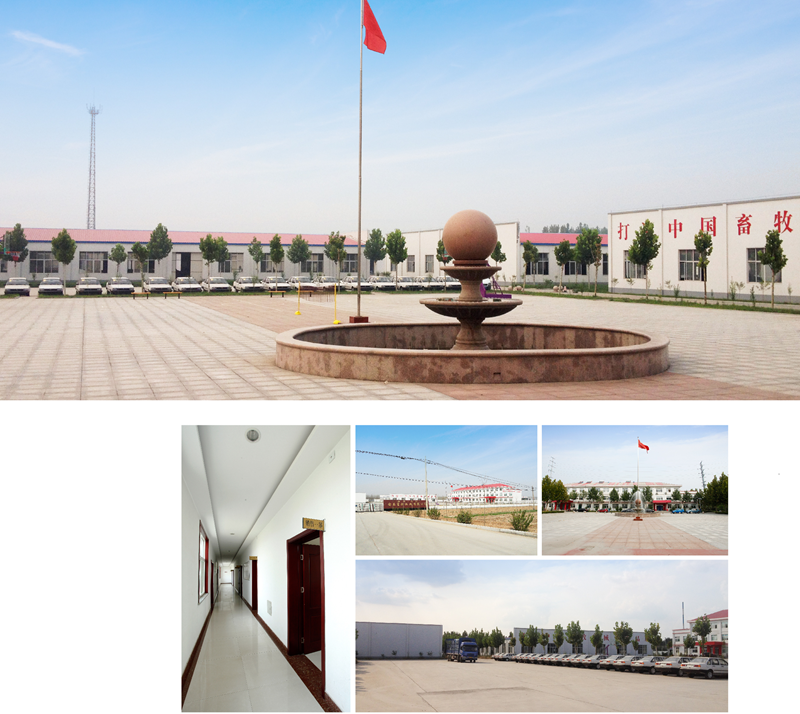
Shandong Huimin Qinle Livestock Machinery Co., Ltd. (formerly Shandong Huimin Qinle Livestock Machinery Factory) is a professional poultry equipment manufacturer with over 20 years of experience. We offer a comprehensive service package, from design (land and chicken coops), production (equipment and prefabricated steel coops), installation, commissioning, customer training, and after-sales service.
Located in Huimin County, Binzhou City, Shandong Province, China, the company has extensive experience in mechanical processing and manufacturing, as well as livestock machinery production and operation. With fixed assets of RMB 15 million, the company employs 160 people, including 30 R&D staff, and occupies a 40,000-square-meter factory. Equipped with over 110 pieces of advanced precision production equipment, including CNC machining centers and laser cutting machines, the company boasts a production capacity of RMB 50 million.
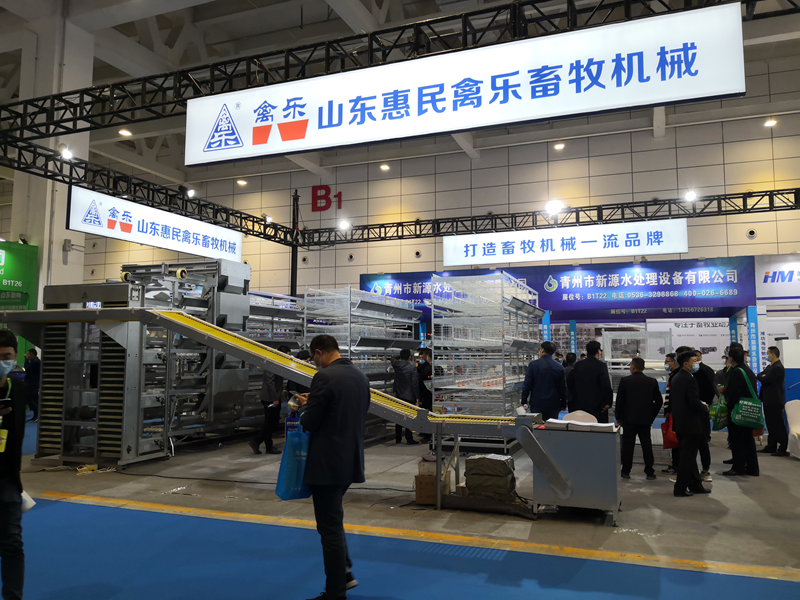


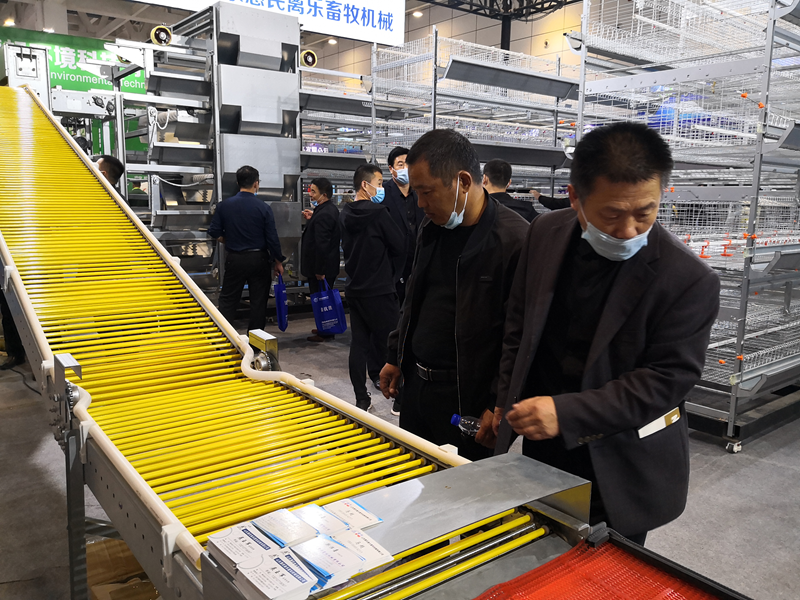
Chicken Farming Equipment Mesh Production Workshop

Machining Workshop

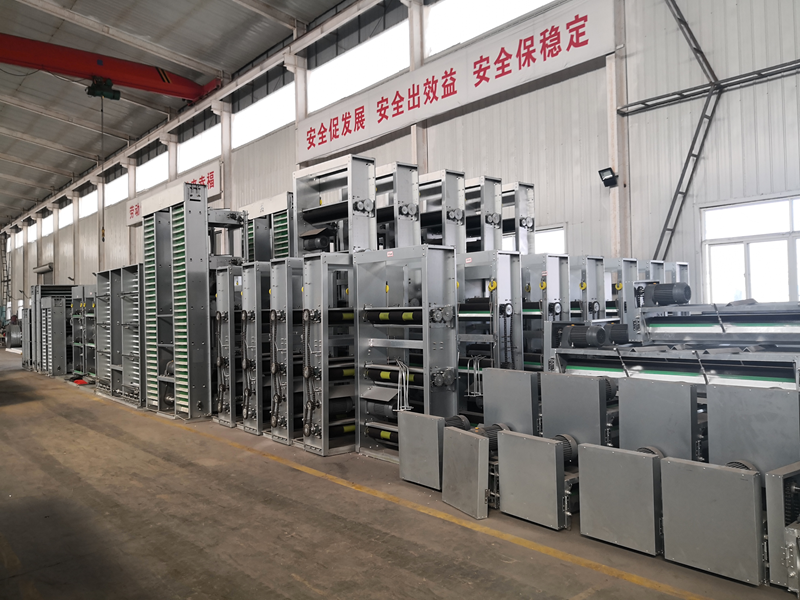
Turret-type CNC Punch Press, Laser Cutting and Other Machining Equipment



Fully Automated Roll Forming Production Line

Hot-dip Galvanizing Production Line

Electroplating Production Line

Environmental Protection Equipment

Chicken Farming Equipment Product Series
Egg-laying Hen Farming Equipment
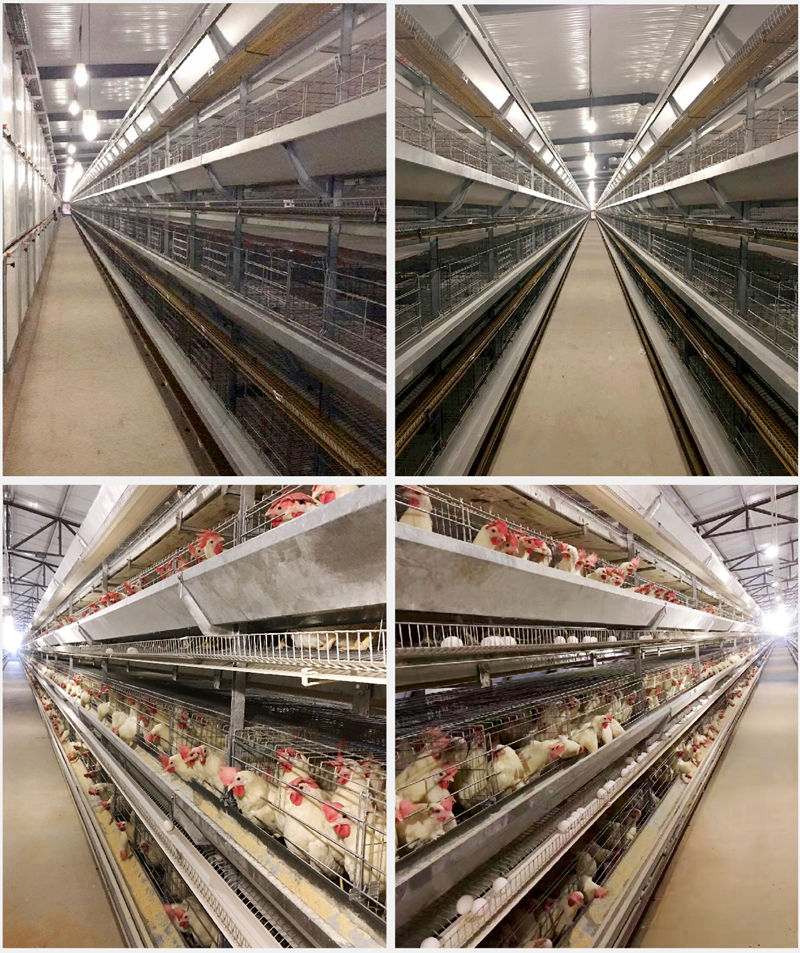
Stacked Brooding Cage Equipment

Stacked Broiler Cage Equipment
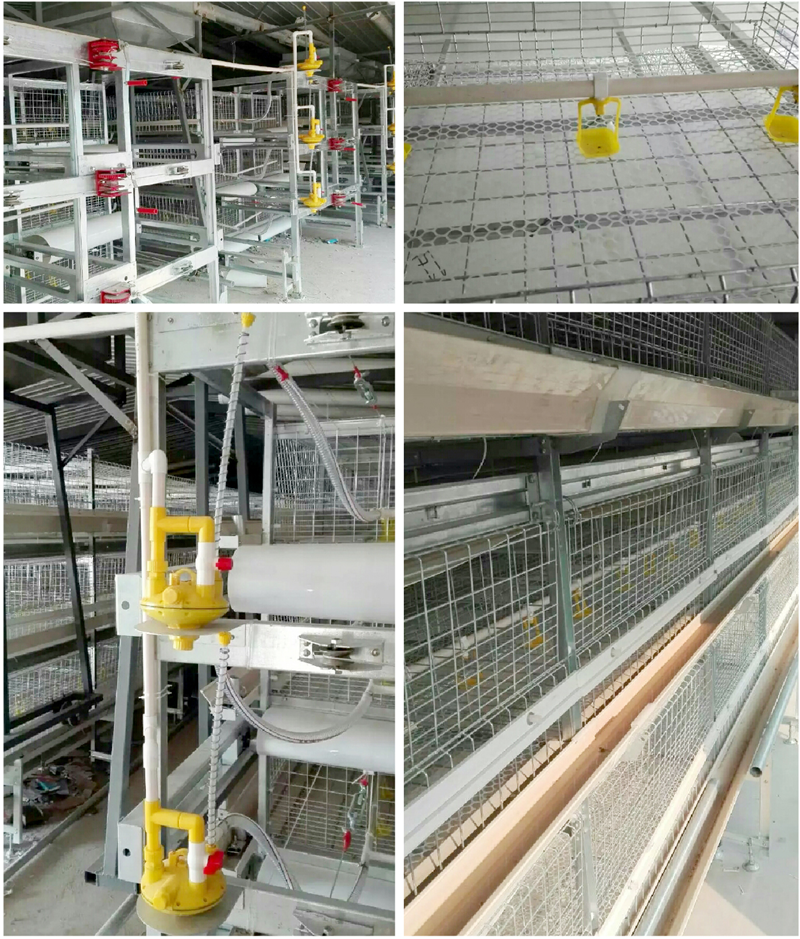
Stepped Layer Hen Cage Rearing Equipment
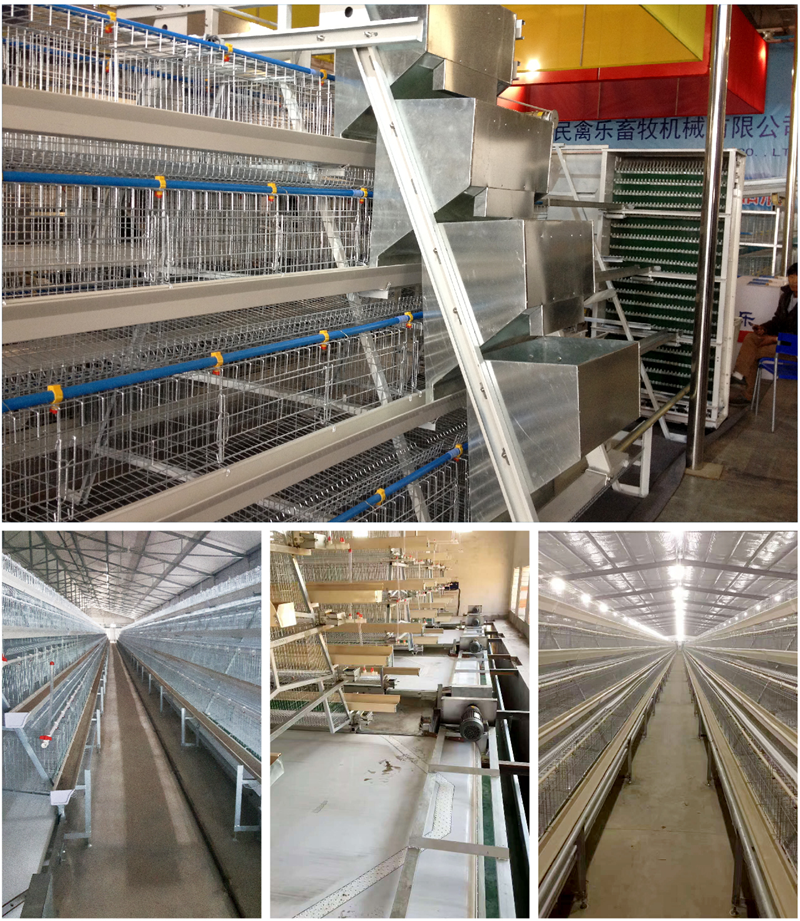
Automatic Egg Collection System

H-type Cage Feeding Machine
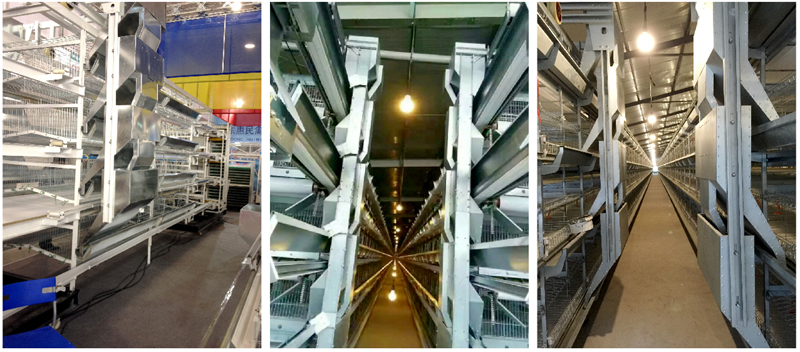
Stepped Cage Straddle Feeder
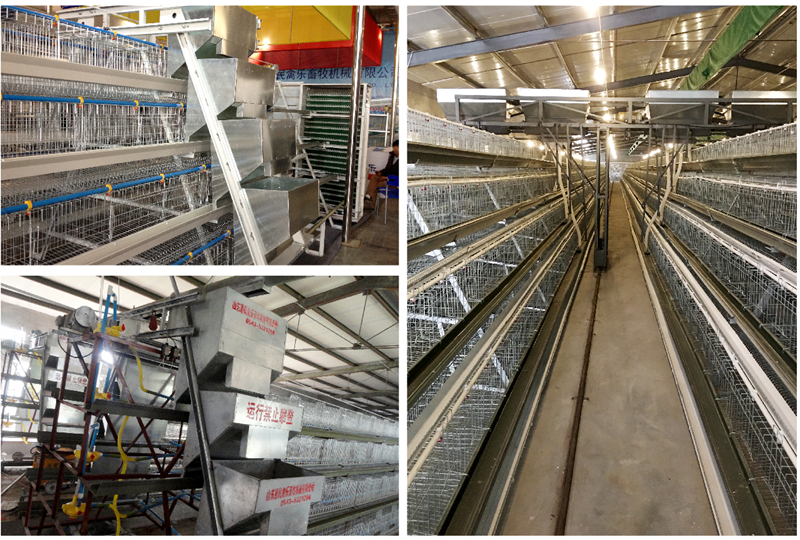
Manure Removal Machine

Fans, Heated Curtains, Environmental Control Systems, and Lighting Equipment
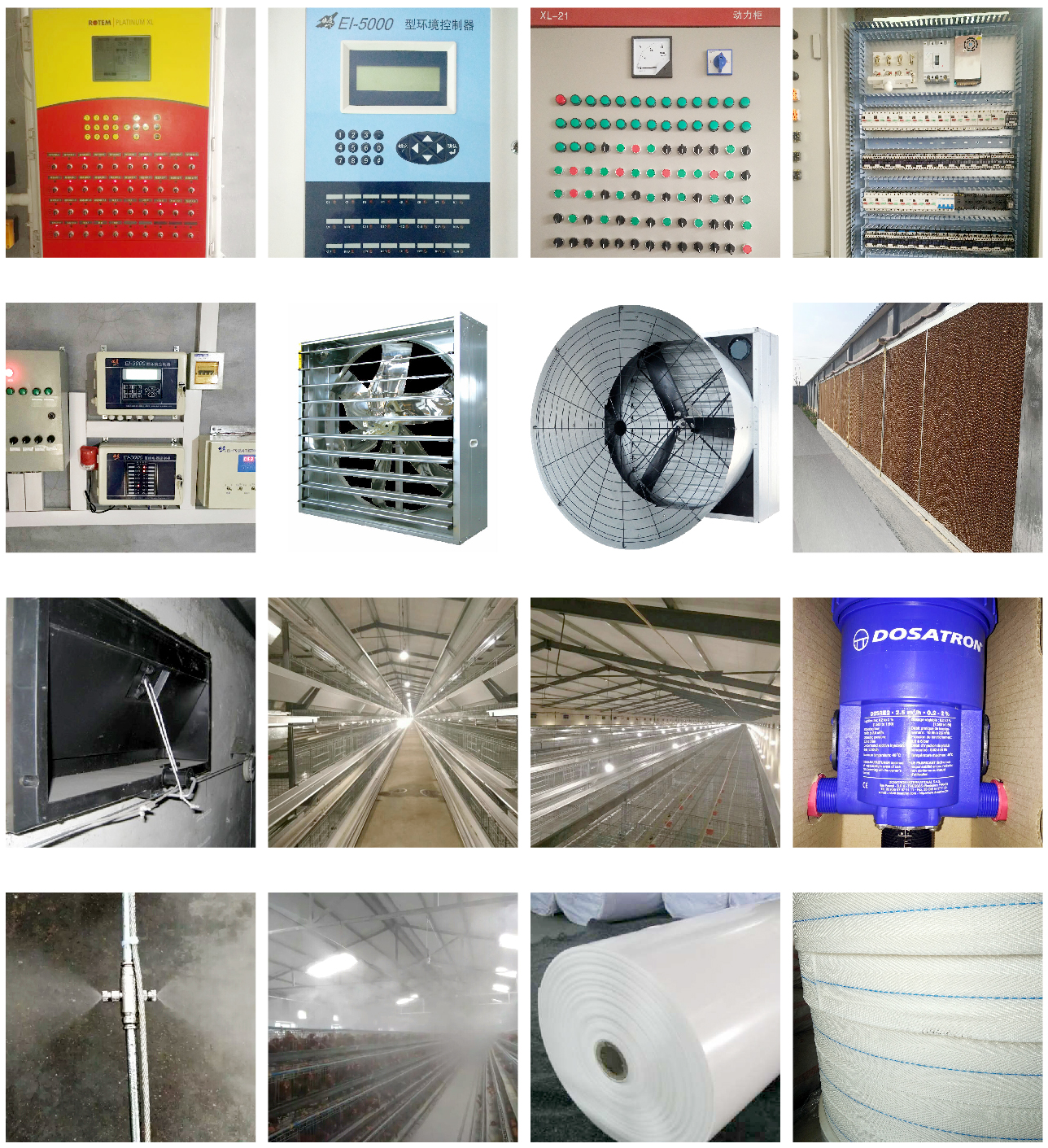
Complete Set of Equipment for Organic Fermentation Treatment of Manure


 Catalogue
Catalogue































 ada apa
ada apa Telepon
Telepon